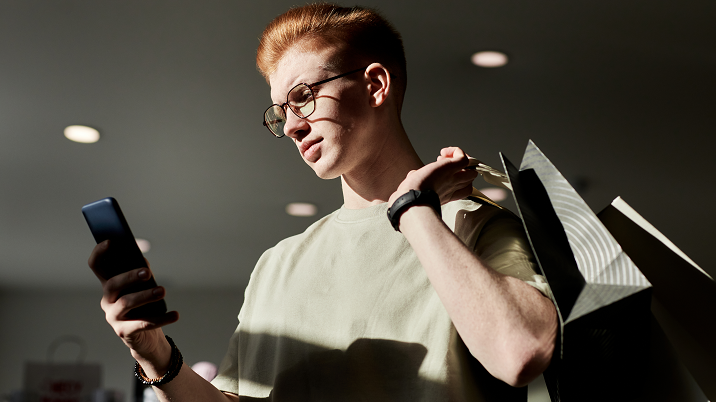Nadine Heubel, senior managing director of travel retail North America and global wholesale at Newmark, recently shared her insights regarding the latest in US brands, technology and trends that will shape the global retail landscape in 2023 and beyond.
Heubel, in discussion with Inside Retail managing editor Heather McIlvaine, highlighted the US and global retailers at the forefront of the industry who are introducing cutting edge innovations, and are shaping the way that consumers shop and spend.
She also examined the innovations of the present and future that would enable retailers to connect with consumers, and offered key takeaways on how brands can invest in technological advances.
You can watch the Masterclass sponsored by Adobe here.
Bricks-and-mortar shopping is back
In 2022, e-commerce sales passed US$1 trillion for the first time. However, it grew by 7.7 per cent – the slowest increase since the beginning of the pandemic.
She added that the bricks-and-mortar sales growth exceeded e-commerce over the same period. As such, Heubel believes that bricks-and-mortar is back, but e-commerce isn’t disappearing any time soon.
“Successful retailers will have to offer a value proposition that is truly omnichannel. [It requires] a multichannel approach to sales that focuses on providing a seamless customer experience,” she said.
“It doesn’t mean that sales need to be made across all different channels.
But all channels will serve as a vehicle to eventually make that sale.”
She believes that retailers need to offer a phygital [physical and digital] experience which, in turn, necessitates a focus on technology and innovation, in order to stay ahead of the curve.
Retailers at the forefront
According to Heubel, everyone has their eye on how artificial intelligence (AI) will be used – and which retailers will use it successfully – to bridge the gap between offline and online retail channels.
She also highlighted the use of immersive technologies, such as Outernets, an Israeli retail tech company that is being used to enhance customer engagement, and capture customer data and foot traffic.
“Retails can [solve] challenges using data and create [experiences] with gamified elements that are engaging, experiential and fun. [They can] also allow for participation via hand-gestures, and facial expressions to convert traffic into customers,” Heubel said.
Another emerging technology is in-car retailing. Heubel explained that this involves customers being able to communicate with retailers, and making purchases via their car dashboard.
She explained that US technology company Mavi has partnered with a car dashboard manufacturer to create a new, e-commerce touchpoint – called On My Way Commerce – which will bring curated shopping experiences to customers’ vehicles.
“Imagine you are driving your Mavi equipped car and you start to get hungry. [Your] car knows that you have loyalty points at a [particular] cafe. It would make sure that it can find that cafe, and remind you [of the] free avocado toast that you have to redeem,” she said.
“The software also knows that it’s a Monday, so would automatically propose all the goods I usually buy after the weekend. [It] merges the physical, in-store experience with the digital, out-of-store experience.”
Brand comebacks and risks
On whether brand turnarounds are typically successful in the long-run, Heubel believes that it is not easy for brands to recover, and they have a high probability of failure.
However, she pointed to Burberry as a brand that has managed to come back, in part because its history and heritage is reflected in its cultural values. She added that brands in this position need to be brutally honest in assessing what went wrong and understand how they can evolve to meet a changing, or new, target audience, and customer demand.
Heubel added that an in-store presence is particularly important for brands to reach their target audience. But she said there are risks involved in investing in this channel.
As such, she said that brands need to be especially careful when formulating and executing these plans.
“If you’re in the wrong location, or have negotiated a bad lease, [it] can [bring the brand] down,” she said.
“Retailers need to be very careful in planning the rollout. [If] done wrong, it can cause more harm than good.”
Understand your why
Heubel flagged wellness, beauty, sneakers and healthy food as categories that will continue to grow in the United States, and abroad.
And while there is a significant focus on Gen Z, she believes that brands are becoming more fluid, and creating products that suit audiences across different demographics.
“There has been a democratisation across certain brands [where] no matter how old you are, you can wear any colour and style,” she said.
“There’s [also] a huge opportunity to focus on the 50+ generation, but in a more fun, modern and trendy way.”
She added that investment in technology shouldn’t just be for the sake of it. Rather, it has to reflect the “why” of the business.
“Brands should really understand why they want to implement the technology, and find somebody who can help to guide them,” Heubel said.
“It always needs to add value, and answer your why.”






